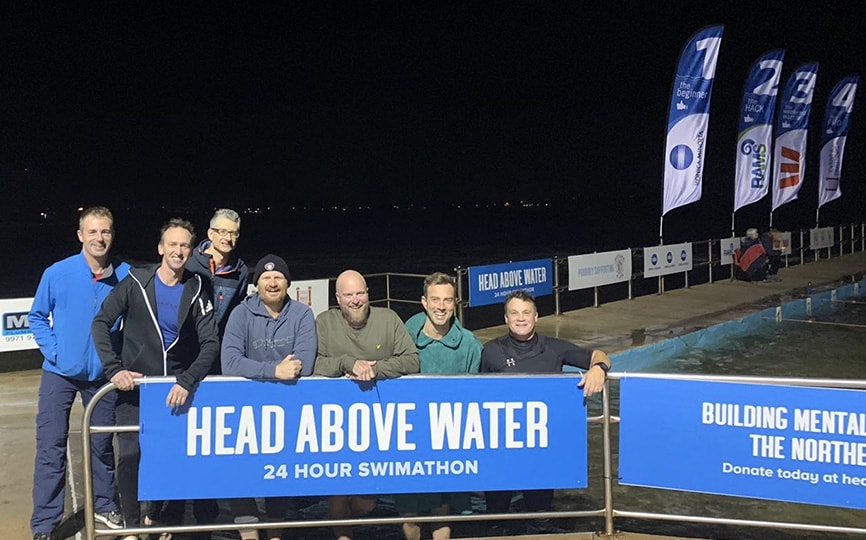With the London Olympics finally here, Aussies will be reminded why as well as being one of our favourite pastimes, swimming is a fantastic way for people of all ages to keep fit and stay healthy. Incorporating almost every muscle and joint of the body, swimming offers something no other aerobic exercise does: the ability to undertake a whole-body workout under low-impact conditions and as a result, protect your muscles and joints from unnecessary stress and strain.
Whether it’s up to your knees or up to your neck, the water bears a considerable proportion of your body’s weight, making the odd paddle particularly beneficial for individuals recovering from injury or suffering from stiff and painful joints associated with arthritis. Movement of the entire body against the resistance of the water increases muscle tone and strength, burns kilojoules and enhances cardiovascular and respiratory endurance.
Along with the benefits of low-impact physical activity, swimming is shown to have a large effect on stress relief, balance, coordination & posture. It promotes correct breathing patterns, which in turn reduce strain on the muscles and joints of your neck and shoulders. Find out more about unhealthy breathing patterns.
The “hunched” posture our parents always nagged us about is unfortunately a very real postural progression in individuals who find themselves sitting for long periods at a desk, in front of a computer or behind the wheel of a car. A chronic muscular imbalance occurs, maintaining the neck and shoulders in this poor posture with pain commonly experienced between the shoulder blades and up the neck. Other associated symptoms such as headaches, jaw tension, dizziness and fatigue may also occur as flexibility and control throughout the cervical and thoracic spine is reduced. Similarly, lumbar spine and pelvic dysfunction or injury, sciatica, arthritis and post-surgical rehabilitation have been shown to benefit greatly from the low-impact nature of water-based exercise.
Unless you’re in training for London this year, try and incorporate each basic stroke into your swimming routine. Freestyle and breaststroke tend to be favourites for recreational swimmers and while they still offer a fantastic aerobic workout, the nature of the stroke may (if overdone) exacerbate those muscular imbalances mentioned above. Alternatively, backstroke and sidestroke work to open up the shoulders and improve flexibility through the spine while protecting the neck, shoulders, low back and hips from unnecessary strain. The aid of flippers or a kick-board is also a great way to get the most out of your time in the water and water-based fitness classes (i.e. water aerobics) are rapidly gaining popularity amongst people of all ages as a fun alternative to the usual laps.
Things to remember before making a splash:
- Make sure you are a confident swimmer and the environment in which you choose to swim is safe.
- Warm up, stretch and cool down like you would before and after any exercise.
- If you are unsure about the effects of swimming on your individual health, consult a qualified health professional before undertaking any new exercise programs.
The days are (finally!) getting longer and warmer and with an abundance of indoor pools there’s really no excuse to avoid the water during the cooler months. It’s more than just a great way to cool off on a hot summer’s day so let our Olympic swimmers inspire you and discover just how beneficial swimming can be in the maintenance of your overall health and well-being.
For more information please don’t hesitate to talk to any of the Chiropractors here at Shirley Rd Chiropractic, Crows Nest.


Leave A Comment
You must be logged in to post a comment.